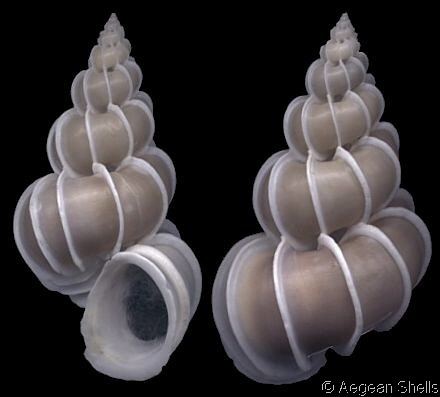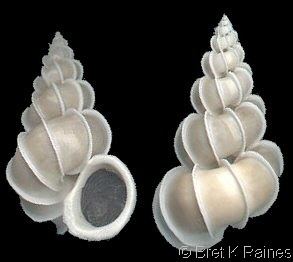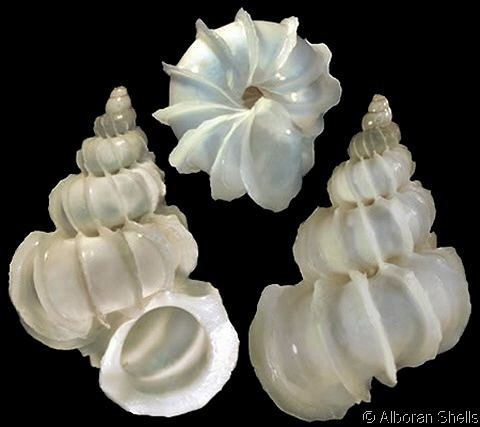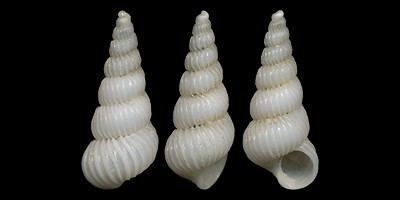Scientific name Epitonium Rank Genus | Family Epitoniidae | |
 | ||
Lower classifications Epitonium clathrum, Gyroscala lamellosa, Epidendrium billeeanum, Epitonium humphreysii, Epitonium jukesianum | ||
Epitonium angulatum say 1831 angulate wentletrap
Epitonium is a genus of small predatory sea snails, marine gastropod mollusks. Epitonium is the type genus of the family Epitoniidae, the wentletraps.
Contents
- Epitonium angulatum say 1831 angulate wentletrap
- Epitonium humphreysii kiener 1838 humphrey s wentletrap
- Shell description
- Habitat
- Life habits
- Synonymised genera
- Species
- References

The common name wentletraps is derived from the Dutch word wenteltrap, denoting a spiral staircase. This refers to the striking form and sculpture of the shells of the mollusks in this genus, and to a lesser extent, the whole family.

The genus Epitonium has been divided in the past by some authors into several subgenera, but these subgenera were based only on shell characters and did not reflect the true underlying relationships or phylogeny.

Epitonium humphreysii kiener 1838 humphrey s wentletrap
Shell description

Epitonium shells are high-spired, and are all-white in most of the species within this genus. A few species are tinted with brown to varying degrees, or have a brown stripe on the shoulder of the whorl. The shells typically have blade-like vertical ribs, known as costae.
Habitat
Wentletraps usually live in sand near sea anemones or corals.
Life habits
These snails are predators and feed by inserting their proboscis and biting out small pieces of the anemone's tissues. Some species of wentletrap feed on only one species of sea anemone, in other words they are species-specific in terms of their prey.
Synonymised genera
Many species that now are placed in the genus Epitonium have, over the years, been classified in other genera. These have become synonyms of Epitonium :
Species
Species within the genus Epitonium include:
Note: Some malacologists have recently placed many of the more than 600 named species into other genera, which were previously considered to be subgenera of the genus Epitonium. On the other hand, many species that belonged to subgenera of Epitonium are now included in Epitonium. These subgenera were based on details of the shell sculpture and not on molecular analysis.
